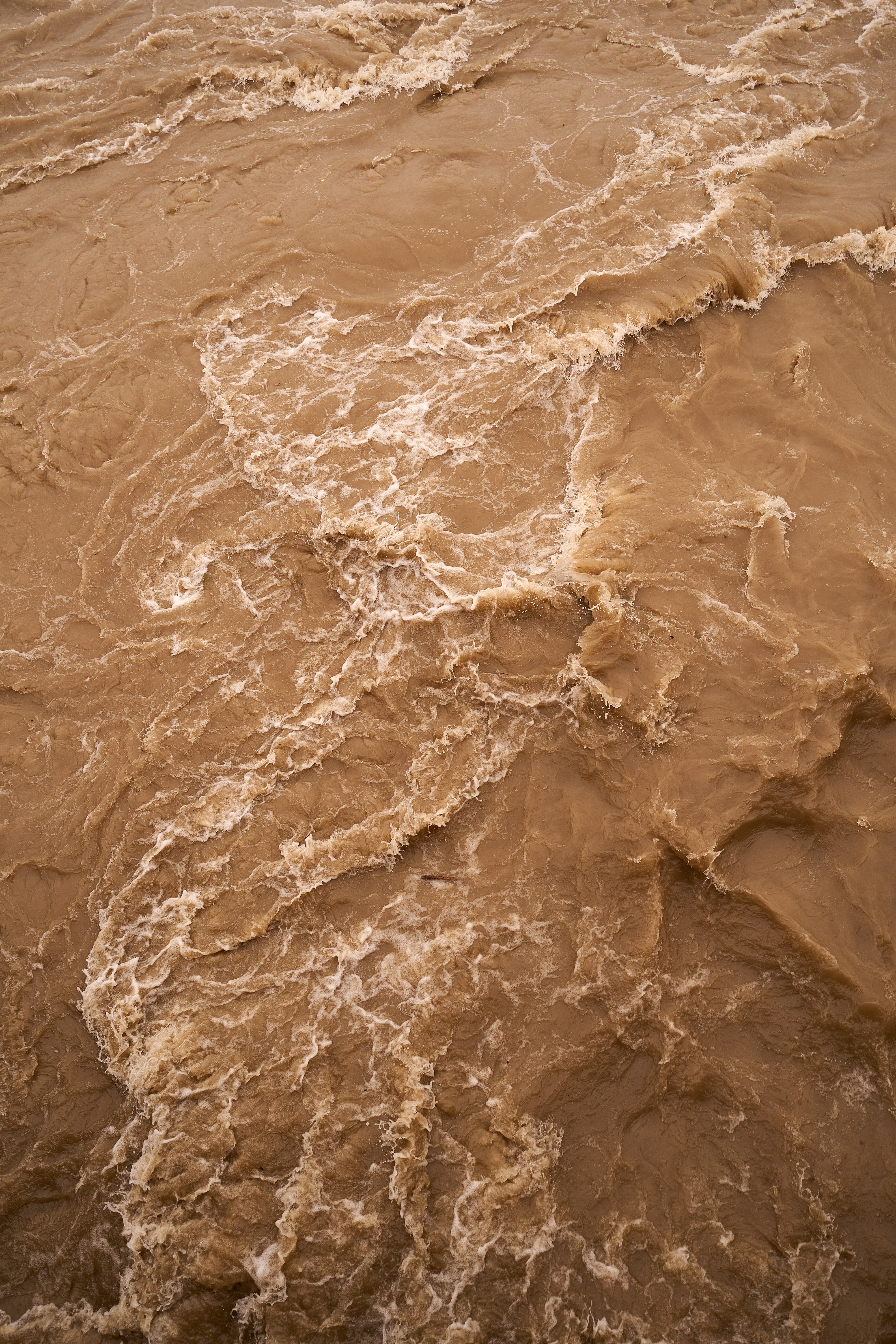Hurricanes
There's four main ingredients to form and strengthen a hurricane: warm ocean water, lots of moisture in the air, low vertical wind shear, and a pre-existing disturbance.
Just like making a perfect cookie, a hurricane needs all the ingredients for it to grow. Change any ingredient too much and the cookie will be too flat, too dry, too crumbly, etc. The same is true for hurricanes: If any of the four main ingredients changes too much, the storm cannot form or will weaken.
Once a hurricane forms, scientists shift their focus to where it is going and how strong it will be when it gets there. Where a hurricane goes depends mainly on the large-scale weather patterns around it at the time. If it moves over land, it brings with it a fury of strong wind, drenching rain, dangerous storm surge and sometimes tornadoes.
With so many moving parts, forecasting a hurricane is hard. Large-scale changes in the climate, such as El Niño and La Niña conditions in the tropical Pacific Ocean, also impact hurricanes over an entire season. Thus, trying to determine how climate change will impact hurricanes may seem like an impossible task. However, important tools are in place to help scientists tackle it. These include sophisticated global climate models, scientific understanding of how hurricanes form and evolve, and expanding observational records of past hurricane activity.
Scientists have long predicted that climate change would increase extreme rainfall events. In a warmer world, there is simply more moisture in the air in the form of gaseous water vapor. Think of heating up a pot of water on the stove. Once the liquid water becomes hot enough, it boils and creates steam (or hot water vapor). This process is called “evaporation,” or when a liquid changes to a gas.
A similar process happens at Earth’s surface. As surface temperatures rise, more liquid water evaporates from the land and ocean. Evaporation adds moisture to the air. How much water vapor the air can hold is based on its temperature. Warmer air temperatures can hold more water vapor. The increased moisture in the air leads to more intense rainfall, especially during extreme events.
In a hurricane, spiraling winds draw moist air toward the center, fueling the towering thunderstorms that surround it. As the air continues to warm due to climate change, hurricanes can hold more water vapor, producing more intense rainfall rates in a storm.


